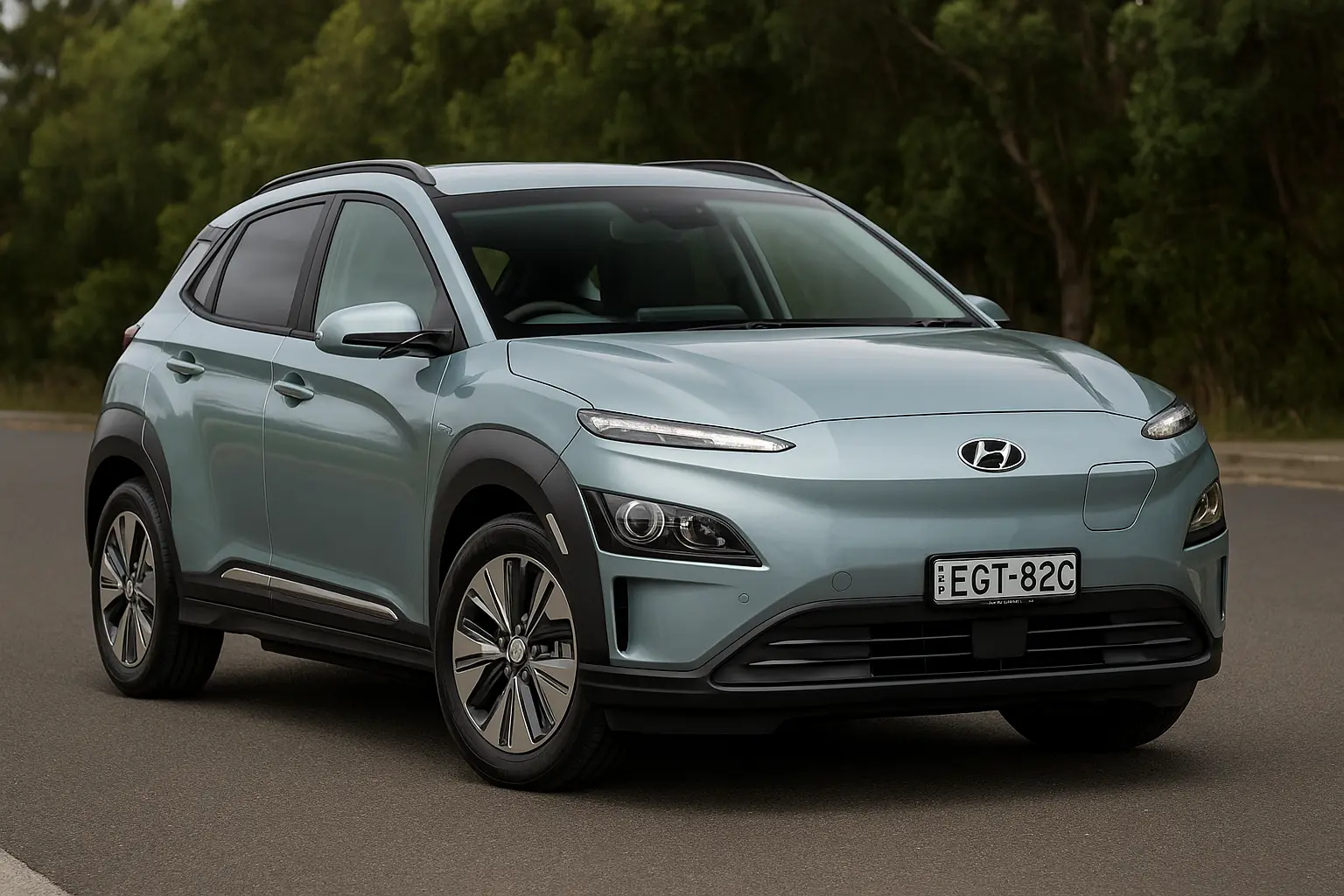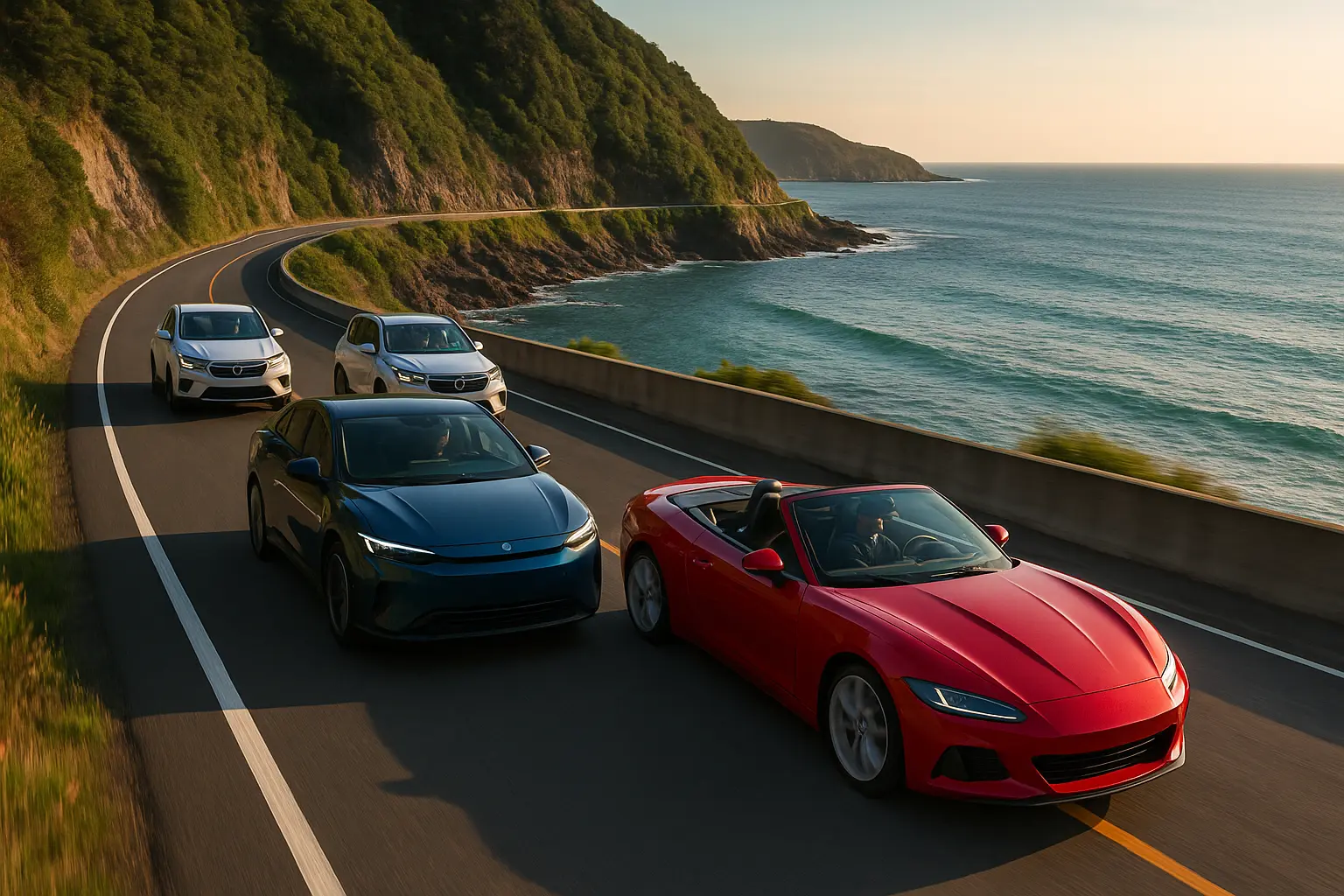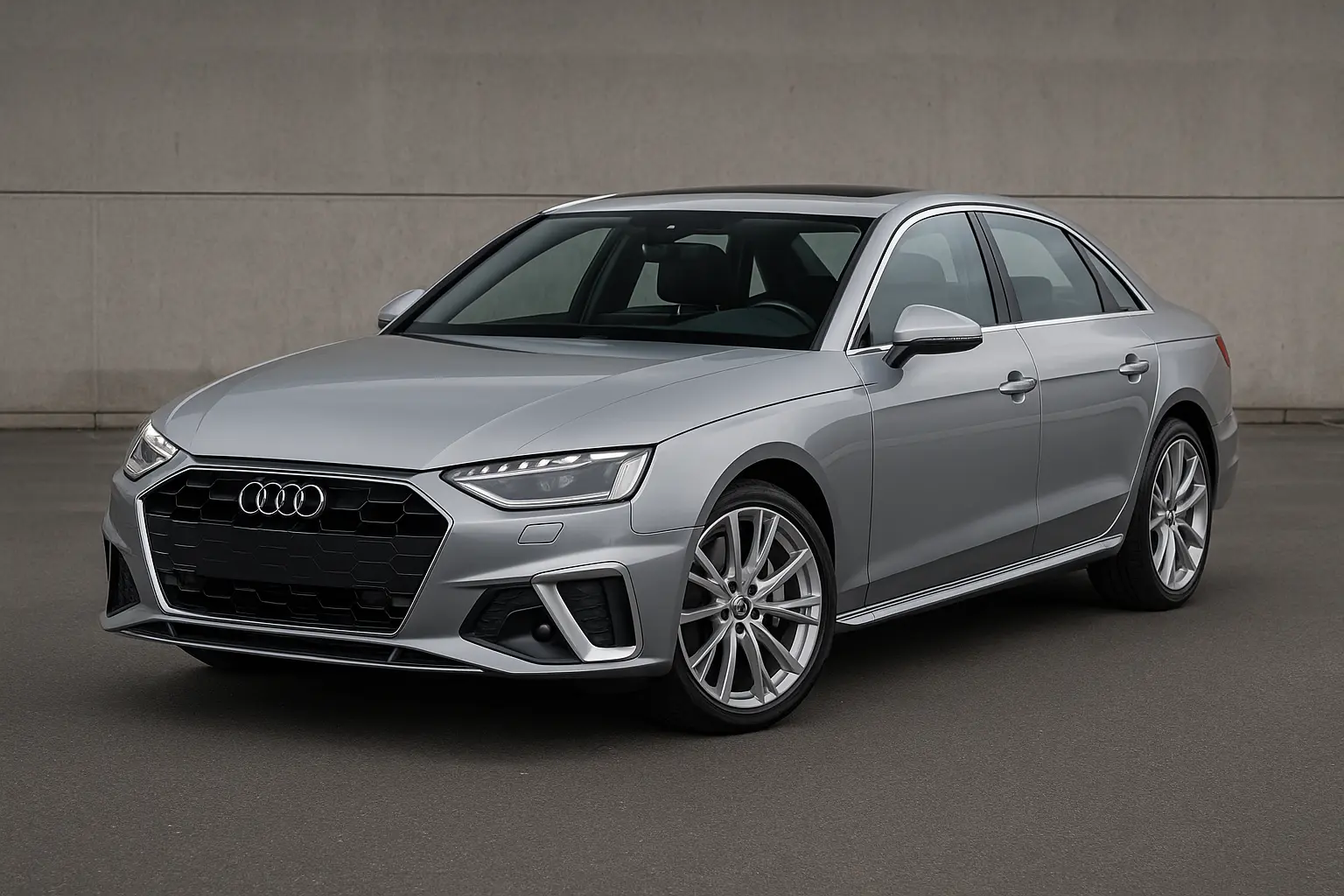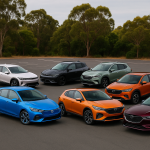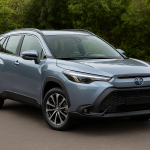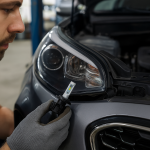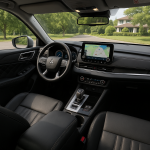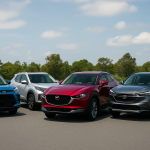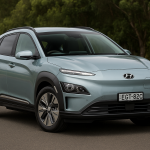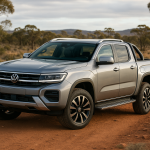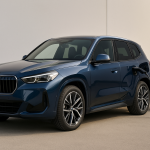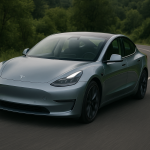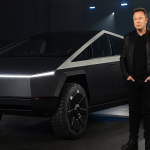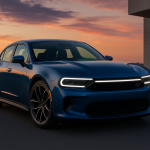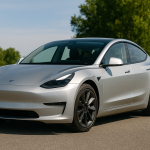The small SUV market in Australia has exploded in popularity, and the Hyundai Kona has been one of the standout performers since its introduction. Offering both petrol and all-electric versions, the Kona has something for everyone—from budget-minded buyers to eco-conscious drivers seeking a zero-emissions option. In this detailed Hyundai Kona review, we’ll explore its design, interior, features, performance, EV option, safety, pricing, and whether it’s worth the investment in Australia’s competitive SUV space.
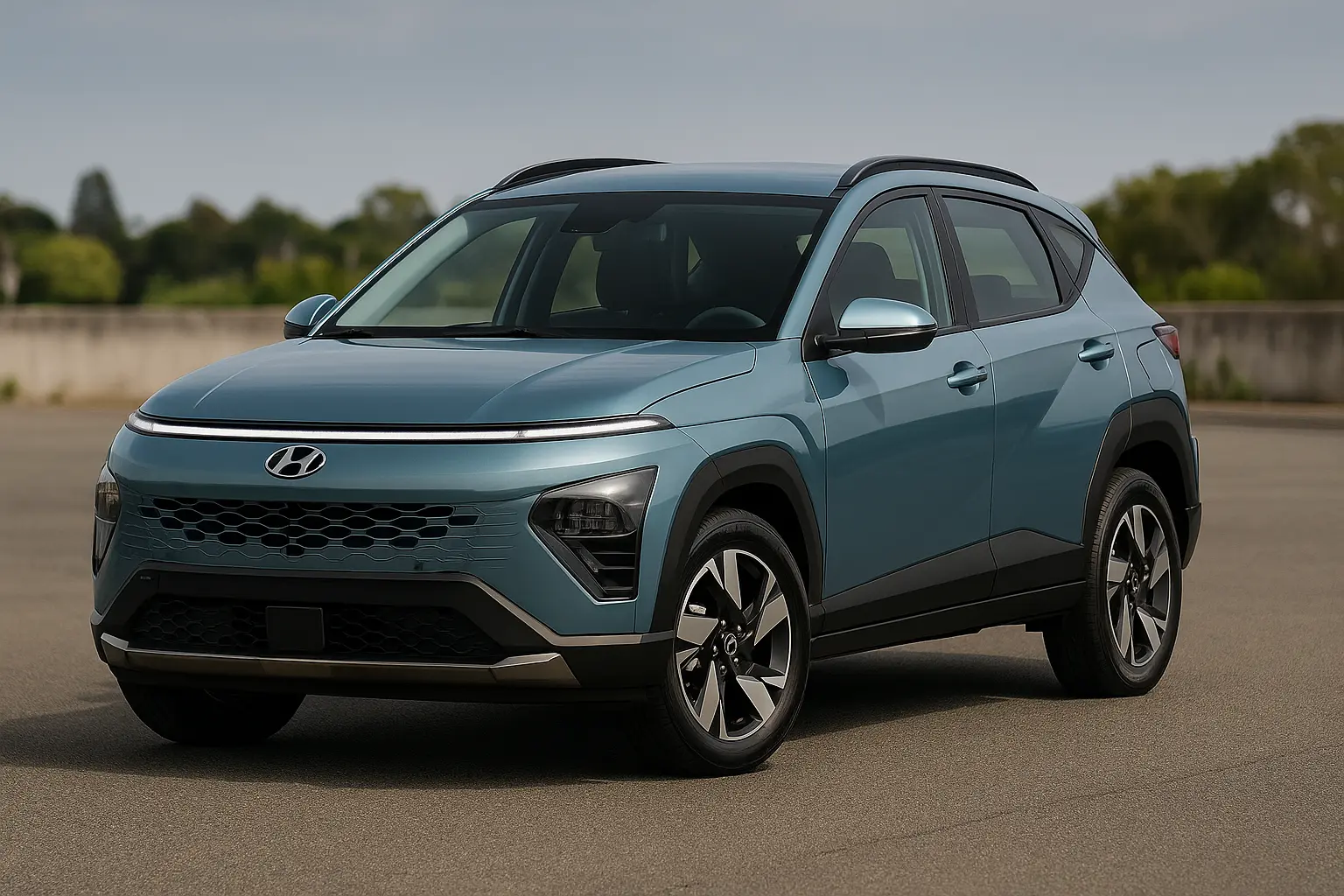
Introduction: Why the Hyundai Kona Stands Out
Australia’s SUV craze shows no signs of slowing down, with compact crossovers dominating the sales charts. The Hyundai Kona competes directly with the Toyota C-HR, Kia Seltos, Mazda CX-30, and Nissan Qashqai. What makes the Kona special is its dual offering—traditional petrol powertrains alongside a fully electric version, known as the Kona EV. This flexibility allows Hyundai to cater to both conventional and forward-thinking buyers.
The Kona has recently undergone a redesign, giving it sharper styling, a more premium cabin, and a wider range of technology. It’s no longer just a quirky choice—it’s a serious contender in the small SUV market.
Exterior Design: A Bold Small SUV
The Hyundai Kona is instantly recognisable on Australian roads thanks to its bold design language. The new generation model features:
- Sharper front fascia with split LED headlights and a wider grille.
- Smooth surfacing that reduces clutter, giving it a futuristic look.
- Sculpted sides with prominent wheel arches, adding rugged appeal.
- Sleek rear design with full-width LED tail lamps.
The Kona is slightly larger than before, which translates into better interior space while retaining its compact SUV proportions that make it easy to manoeuvre in cities like Sydney or Melbourne.
Colour choices include vibrant shades such as Atlas White, Abyss Black, Cyber Grey, and premium hues like Surfy Blue or Ecotronic Lime, appealing to younger buyers and families alike.
Interior Comfort and Cabin Features
Hyundai has given the Kona’s interior a major uplift to meet modern expectations. Step inside, and you’ll find a clean, minimalist design with premium materials that rival more expensive SUVs.
Highlights of the Kona’s cabin include:
- 10.25-inch digital driver display (in higher trims).
- 10.25-inch infotainment screen with Apple CarPlay and Android Auto.
- Ambient interior lighting to add a premium touch.
- Spacious second row with more legroom than before.
- Larger boot capacity (466L seats up, 1,300L seats folded in the new model).
Practical touches include multiple USB-C ports, wireless charging, and clever storage cubbies. Rear passengers get dedicated air vents and cupholders, which is a big win for families.
Hyundai Kona EV: Australia’s Affordable Electric SUV
One of the Kona’s biggest selling points is its EV variant. The Kona Electric has been a pioneer in Australia’s affordable electric SUV segment. It combines everyday practicality with the benefits of zero emissions driving.
Key Specs of the Kona EV:
- Battery Options:
- Standard range (48.6 kWh, ~370 km WLTP).
- Long range (64.8 kWh, ~515 km WLTP).
- Charging:
- AC charging: 11kW onboard charger.
- DC fast charging: 10–80% in about 45 minutes (with 100kW charger).
- Performance:
- Front-wheel drive electric motor producing up to 150kW and 395Nm.
- 0–100 km/h in about 7.6 seconds (long-range version).
The Kona EV is an attractive option for Australians wanting to transition to electric mobility without the high price tag of premium EVs. It’s also eligible for state-based EV rebates and incentives, further improving its value.
Performance and Driving Experience
Whether you choose the petrol or electric version, the Hyundai Kona delivers a comfortable and composed driving experience.
Petrol Options in Australia:
- 2.0L petrol engine (110kW, 180Nm) with CVT, aimed at efficiency.
- 1.6L turbo-petrol engine (146kW, 265Nm) with 8-speed automatic, offering sportier performance.
The turbo variant delivers brisk acceleration, making it ideal for highway overtakes and spirited drives. The 2.0L version is better suited for urban commuting and daily errands.
Ride and Handling
- Suspension is tuned for Australian roads, offering a balance of comfort and agility.
- Steering feels light in the city but firms up on highways for stability.
- Noise insulation is impressive, with the EV naturally being whisper-quiet.
Technology & Infotainment
Hyundai has packed the Kona with features that younger and tech-savvy Australians will appreciate.
- Apple CarPlay & Android Auto (wired and wireless depending on variant).
- Voice recognition and Hyundai Bluelink connected services.
- Bose premium sound system available in higher trims.
- Over-the-air (OTA) updates for maps and infotainment in the EV.
Smart tech also extends to driver convenience features such as remote engine start, keyless entry, and customizable digital displays.
Safety Ratings and Features
Safety is a strong selling point for the Kona. Hyundai ensures its SUV lineup consistently performs well in ANCAP safety ratings, and the Kona is no exception.
Safety Highlights:
- Forward Collision-Avoidance Assist (FCA).
- Lane Keeping Assist (LKA).
- Blind-Spot Collision Warning (BCW).
- Smart Cruise Control (radar-based).
- Rear Cross-Traffic Alert.
- Parking sensors and surround-view camera in premium trims.
These features make the Kona a solid choice for families, first-time SUV buyers, and commuters who prioritise safety.
Hyundai Kona Price in Australia
Pricing varies depending on variant, engine choice, and EV battery size. Below is a general pricing overview (subject to regional variations and on-road costs):
- Petrol Kona 2.0L base model: From around $32,000 drive-away.
- Kona 1.6L Turbo: From around $42,000 drive-away.
- Kona EV Standard Range: Around $54,000–$56,000 drive-away.
- Kona EV Long Range: Around $64,000–$66,000 drive-away.
While the petrol models compete directly with other compact SUVs like the Kia Seltos and Toyota C-HR, the Kona EV finds itself up against the BYD Atto 3, MG ZS EV, and Nissan Leaf.
Ownership Costs and Maintenance
Hyundai backs the Kona with a competitive 5-year/unlimited km warranty, while the EV battery gets an 8-year/160,000 km warranty.
Service intervals are generally 12 months or 15,000 km, and Hyundai offers capped-price servicing packages, making long-term ownership predictable.
Fuel efficiency for the 2.0L petrol averages about 7.2L/100km, while the turbo returns around 6.6L/100km. The EV, of course, eliminates fuel costs, with energy consumption around 14–16kWh/100km.
Hyundai Kona vs Competitors
When comparing the Kona to its rivals:
- Kia Seltos: Shares a platform but Kona has more tech and EV option.
- Mazda CX-30: Offers premium design but lacks an EV alternative.
- Toyota C-HR: Sporty looks, but Kona offers more interior space and choice.
- BYD Atto 3: Strong EV competitor, but Hyundai’s brand trust and aftersales support give Kona EV an edge.
Pros and Cons of the Hyundai Kona
Pros:
- Choice of petrol and EV models.
- Strong safety and tech features.
- Stylish design with more cabin space than before.
- Hyundai warranty and aftersales support.
Cons:
- EV pricing is still higher than some Chinese competitors.
- Base petrol model can feel underpowered.
- Boot space slightly smaller than some rivals.
Final Verdict: Should You Buy the Hyundai Kona in Australia?
The Hyundai Kona is one of the most versatile small SUVs in Australia. Whether you’re a first-time SUV buyer, a family looking for a safe and practical runabout, or an eco-conscious driver ready to switch to electric, the Kona offers an option for you.
The petrol versions balance affordability and features, while the Kona EV leads the charge as one of Australia’s most accessible electric SUVs. With sharp styling, advanced safety, and Hyundai’s strong warranty, the Kona is a smart buy in 2025 and beyond.
Leave a comment
Your email address will not be published. Required fields are marked *


